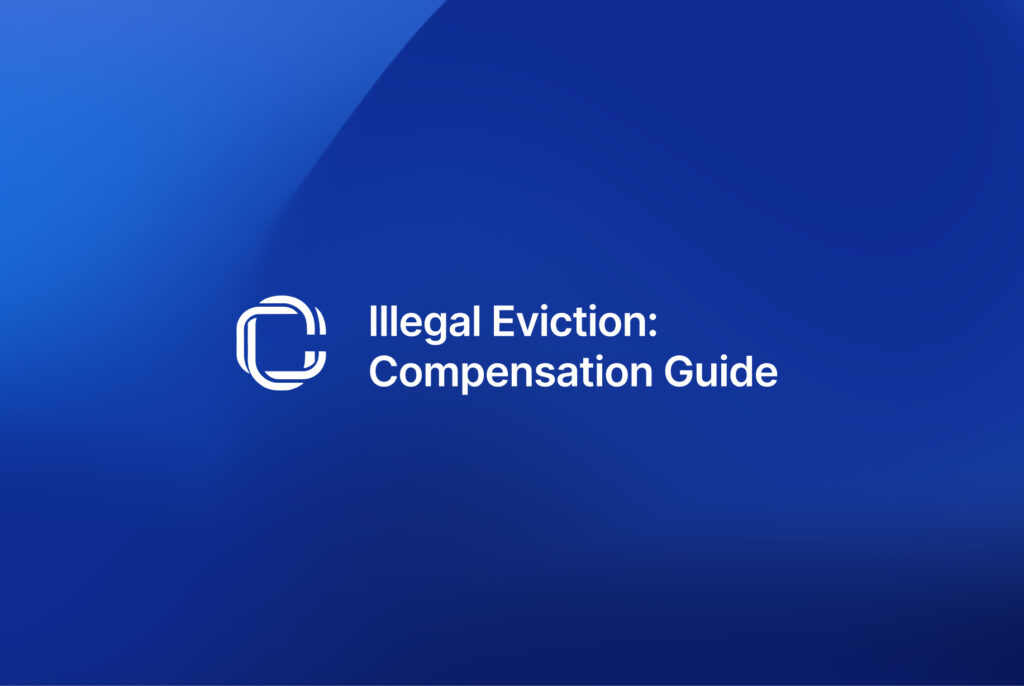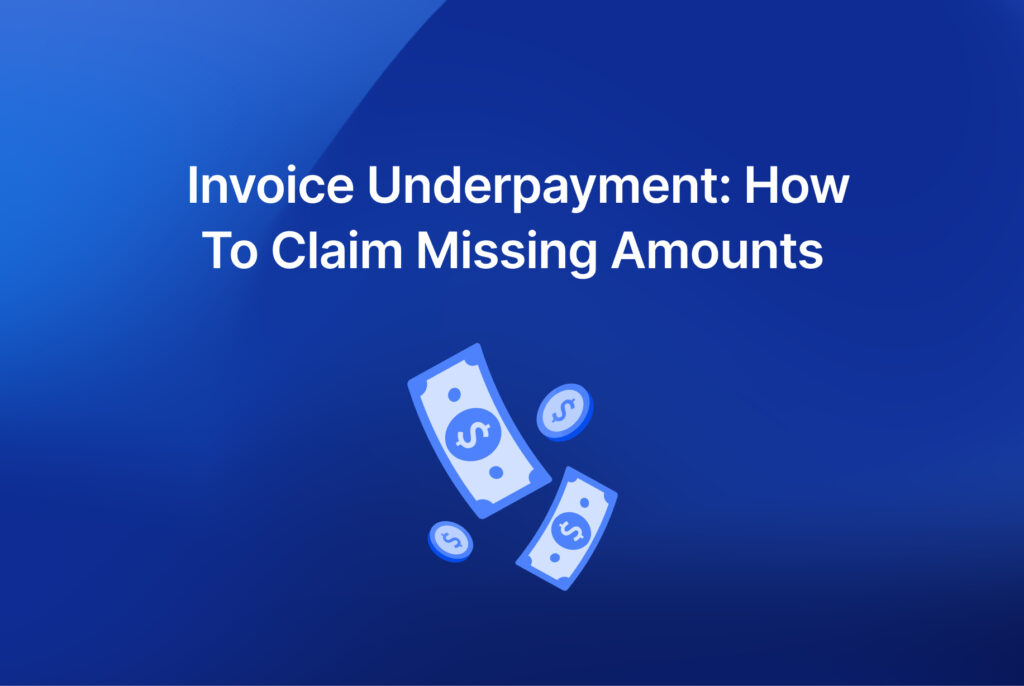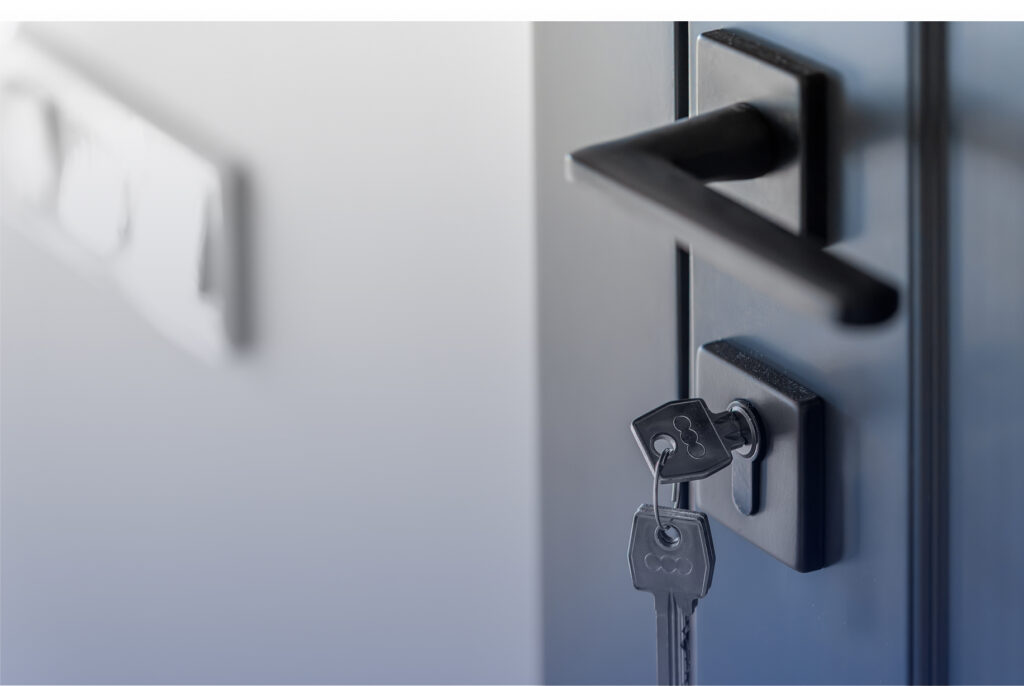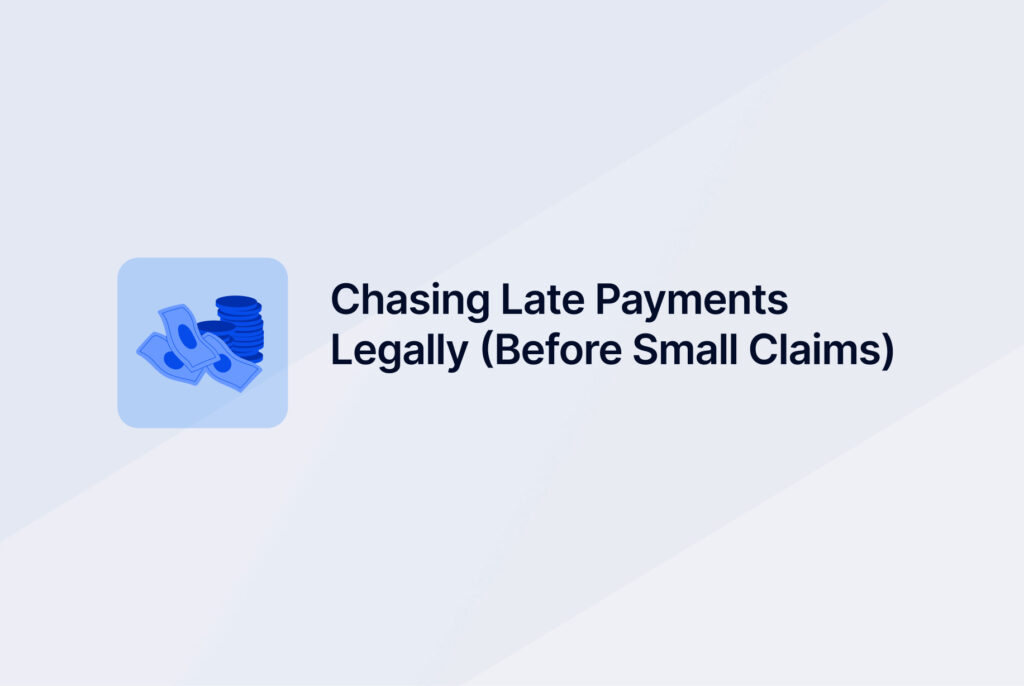Discover the best ways to save for a house deposit in the UK. Practical tips on rent, family help, ISAs, and innovative saving strategies.
Getting together enough money for a house deposit in the UK is rarely easy. Average property prices mean that even a modest home often requires a sizeable upfront payment.
Guidance from the Money and Pensions Service explains that you will normally need at least 5% of the property’s value as a deposit. For example, if you find a home valued at £280,000, you would usually have to raise around £14,000. Lenders call this the loan‑to‑value (LTV) ratio. The more you contribute yourself, the lower your LTV and the cheaper your mortgage deal is likely to be. Saving such a sum while paying high rent and dealing with the rising cost of living can feel overwhelming. It helps to reframe the challenge as two parallel tasks: reducing your outgoings so you can regularly save, and making sure you are not owed any money that could be added to your pot.
Many renters never pursue withheld tenancy deposits or unpaid invoices, yet these sums often fall within the small claims limit of £10,000. Platforms such as CaseCraft.AI use artificial intelligence to guide users through the small‑claims process, preparing paperwork, tracking deadlines and encouraging early settlement.
Recovering funds that rightly belong to you could make a real difference to your deposit savings.
Below are four tried‑and‑tested tips, inspired by first‑time buyers and official guidance, to help you build your deposit while keeping your lifestyle intact.
1. Help Cut the Cost of Your Rent
Reducing housing costs is often the quickest way to free up money for a deposit.
Many first‑time buyers interviewed for savings guides emphasised that lower rent made a huge difference. Moving into a smaller space or negotiating a discount in return for taking the smallest room can be surprisingly effective. If you can cycle or walk to work, living closer to your job saves on transport and gym memberships at the same time.
Save Money on a Flat‑Share
One option is to join or create a flat‑share. Websites matching housemates make it easier to find people with similar routines, and a shared tenancy spreads bills and council tax. Just be aware that many agreements use joint and several liability, meaning each tenant is responsible for the full rent if others leave. When you leave a shared home, insist that your tenancy deposit is returned promptly.
Landlords in England and Wales must protect deposits in a government‑approved scheme, provide prescribed information and return deposits within ten days of agreeing on the final amount. If they fail to do so, you can seek redress.
Small‑claim rules allow tenants to recover up to £10,000 – or £5,000 in Scotland – where deductions are unreasonable or the deposit was not protected. Using CaseCraft.AI to assemble evidence (tenancy agreement, inventories, photos and correspondence) and drafting a letter before action can help you recover your money. Reinvesting any refunded deposit back into your savings accelerates your progress toward a home.
Try Co-Living to Save More
Purpose‑built co‑living developments are another way to cut costs without feeling like you are regressing to student digs. You rent your own bedroom but share kitchens, work areas and other communal facilities, and utility bills are usually included.
The convenience of a single monthly payment makes budgeting easier, though prices vary widely depending on location and amenities. Comparing total costs (rent, bills, commuting and down payment) against your current living arrangement will help you decide whether co‑living is genuinely cheaper.
Remember, any money you save on rent should be ring‑fenced in a separate account or Cash ISA. You can contribute up to £20,000 into ISAs in the 2025/26 tax year, dividing the allowance across Cash, Stocks & Shares or Innovative Finance ISAs as you see fit. Ring‑fencing savings reduces temptation and lets compound interest work quietly in your favour.
2. Support From Your Family
Families often play a key role in a first‑time buyer’s journey. Living with parents or siblings can drastically reduce your rent and utility costs, allowing you to save for a house deposit faster. If you contribute toward household bills and groceries, be sure to keep a record of what you would otherwise pay in rent – it’s motivating to see your progress.
Some relatives may also be willing to help with the deposit itself. Certain mortgage products allow family members to provide a security down payment instead of a cash gift. For example, a springboard‑style mortgage allows you to purchase a property without a deposit as long as a parent or helper places 10% of the property price into a linked account for five years.
As long as you make your mortgage payments on time, the family member receives their savings back with interest; however, if you miss payments, their money may be retained for longer. Always seek independent financial advice before involving family in your mortgage – there could be tax implications or legal risks.
Parents can also help by acting as guarantors or offering an equity loan, but these arrangements should be formalised to protect all parties. Even a small interest‑free loan from a family member could shorten your saving timeline, but you must agree on repayment terms and document the arrangement.
Remember that gifts of money to assist with home purchase may be subject to inheritance tax if the donor dies within seven years, so factor this into your planning.
3. Government Schemes That Can Help
The UK government offers several schemes designed to make buying a home more achievable. Your eligibility and the property’s location will determine which schemes you can use, so always check the latest rules.
One route is shared ownership, where you buy part of a new‑build property and pay rent on the remainder. This allows you to get on the housing ladder with a smaller deposit, and you can increase your share (known as staircasing) when your finances permit. Shared owners must still consider service charges and check the lease carefully; if property prices rise, buying additional shares will cost more.
Another way to boost your deposit is via a Lifetime ISA (LISA). According to MoneyHelper, you can pay up to £4,000 a year into a LISA and receive a 25% bonus from the government – up to £1,000 per tax year. The bonus payments are calculated monthly and do not count towards your overall ISA allowance.
To open a LISA, you must be aged 18–39 and a UK resident or Crown servant, and you can keep paying into the account until age 50. When used for a first home, the property must cost £450,000 or less, and you must plan to live there yourself. If two partners both qualify, they can combine their LISAs for a purchase. Withdrawals for other purposes incur a 25% penalty, so the account is best suited to homebuyers or those saving for retirement.
Government policy also encourages lenders to offer 95% mortgages under a mortgage guarantee scheme, meaning you only need a 5% deposit. Your eligibility will depend on factors such as income and credit history, and interest rates may be higher than with larger down payments. Always compare the total cost of borrowing, and beware that if property prices fall, you could end up in negative equity, owing more than your home is worth.
4. Save Wisely to Reach Your House Deposit Goal
Saving for a deposit is not just about cutting costs; it’s about being intentional. Begin by tracking your income and outgoings. One first‑time buyer described creating a spreadsheet to manage monthly spending and prepare for large one‑off payments. This visibility allowed her to identify where she could cut back and to redirect those savings into her ISA.
Having a tax‑efficient savings account is also vital. Maximising your ISA allowance (currently £20,000) allows your deposit fund to grow free of income tax. If you use a Lifetime ISA, any bonus you earn does not count towards your ISA allowance. Beyond government wrappers, shop around for high‑interest regular savings accounts and consider fixed‑rate bonds if you can lock away funds for a set period.
Another often‑overlooked aspect of being a savvy saver is making sure no one owes you money. Unpaid invoices, refunds or withheld tenancy deposits may each be worth hundreds or even thousands of pounds. The small claims track is designed for disputes up to £10,000, handling low‑value complaints such as withheld deposits or unpaid invoices without the need for expensive lawyers. CaseCraft.AI streamlines the process by guiding you through evidence collection, preparing compliant letters, filing your claim and tracking deadlines.
It was developed with legal experts to make access to justice faster, clearer and more affordable. By reclaiming money you are owed, you effectively boost your down payment without having to tighten your belt further.
How to Recover a Withheld Tenancy Deposit
Before you take court action, you should follow the steps set out in the tenancy‑deposit guidance. These steps not only improve your chances of success but may even prompt the landlord or agent to return your money without litigation:
- Request the deposit in writing – ask politely for the full amount and request an itemised breakdown of any deductions.
- Check the Tenancy Deposit Scheme (TDP) – use the three approved schemes (Deposit Protection Service, MyDeposits and Tenancy Deposit Scheme) to verify that your deposit was protected.
- Use the scheme’s ADR process – if the down payment was protected, a free Alternative Dispute Resolution service may resolve the issue without going to court.
- Send a letter before action – outline your claim, the amount due and a deadline for payment; this formal notice often triggers a settlement.
- File a small claim – if there is still no resolution, you can submit a claim online through the County Court; you’ll pay a fee, but it is usually recoverable if you win.
Following this process and using a platform like CaseCraft can help you secure a fair outcome without needing a solicitor.
You May Also Be Interested In
Buying a property is a journey, and there are many other resources that can help along the way. Exploring affordable home ownership schemes on GOV. The UK will give you an overview of shared‑ownership, Right to Buy and Rent to Buy opportunities.
And if you encounter disputes over rent, repairs or builder quality, CaseCraft.AI’s library of articles explains how to navigate these issues and recover what you’re owed.
Funding Your Move
Even with a healthy initial payment, moving home comes with extra costs: solicitor’s fees, survey costs and removal services. Budget for these outlays and start gathering quotes early. Consider using a 0% purchase credit card for furniture or white goods, but only if you can repay the balance in full during the interest‑free period.
Family Springboard Mortgage
Some lenders offer a Family Springboard Mortgage (sometimes called a “family assistance mortgage”), which lets first‑time buyers purchase a home without providing a cash deposit. A family member instead deposits 10% of the purchase price into a special savings account linked to the mortgage. After five years, provided all repayments have been made, the relative gets their money back with interest. It is a creative way to get on the property ladder if your family has savings, but it carries risk; missed payments may delay the return of the funds. Always read the terms carefully and seek legal advice.
Saving for a house deposit demands discipline, creativity and confidence. Combine these strategies with regular saving and careful budgeting, and you’ll be well on your way to turning the key in your own front door.
FAQ: How to Save for a House Deposit in the UK
How much deposit do I need to buy a house in the UK?
Most lenders require at least 5% of the property’s value. A larger deposit lowers your loan-to-value ratio, helping you access better mortgage rates and reduce long-term borrowing costs.
What is the best way to save for a house deposit?
Cut housing costs, track spending and prioritise tax-efficient accounts such as ISAs or a Lifetime ISA. Redirect any refunded tenancy deposits or unpaid invoices to accelerate your savings.
Can government schemes help me save for a deposit?
Yes. Lifetime ISAs offer a 25% government bonus, and shared-ownership or 95% mortgage-guarantee schemes reduce upfront costs. Eligibility depends on age, property value and location.
How can I recover a withheld tenancy deposit to boost my savings?
Request the deposit in writing, check it was protected, use the scheme’s ADR service, then send a letter before action. If unresolved, a small claim, supported by CaseCraft.AI, can help recover up to £10,000.















